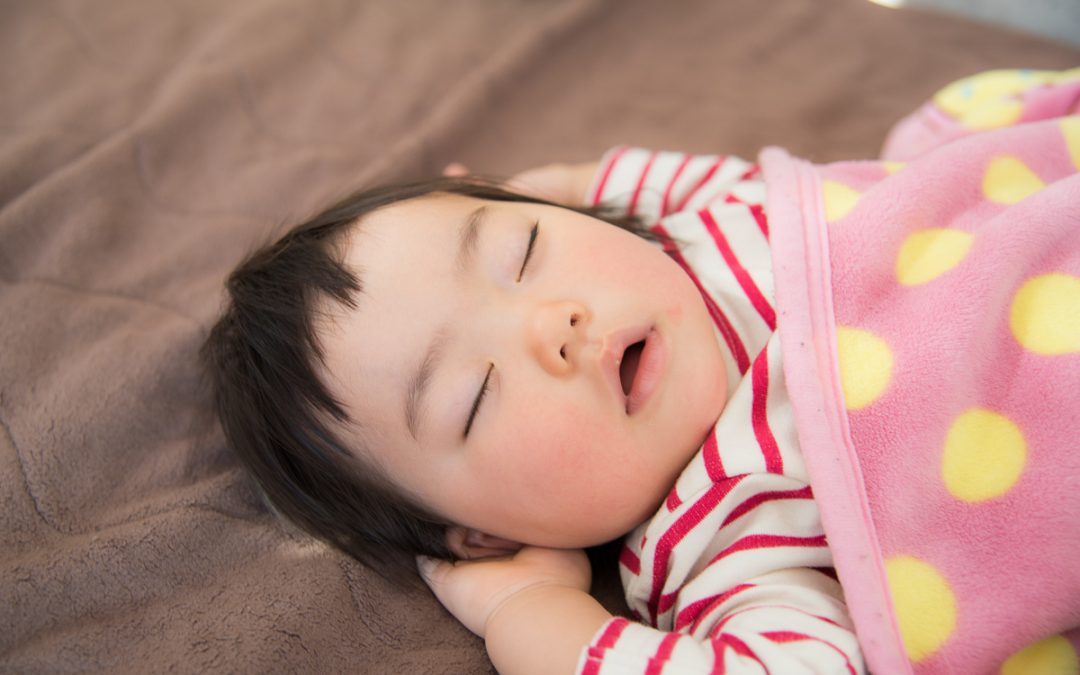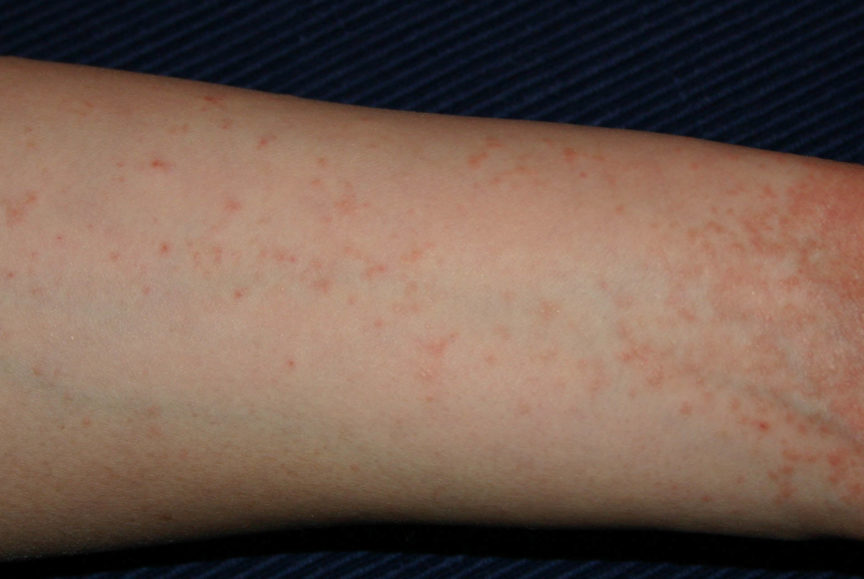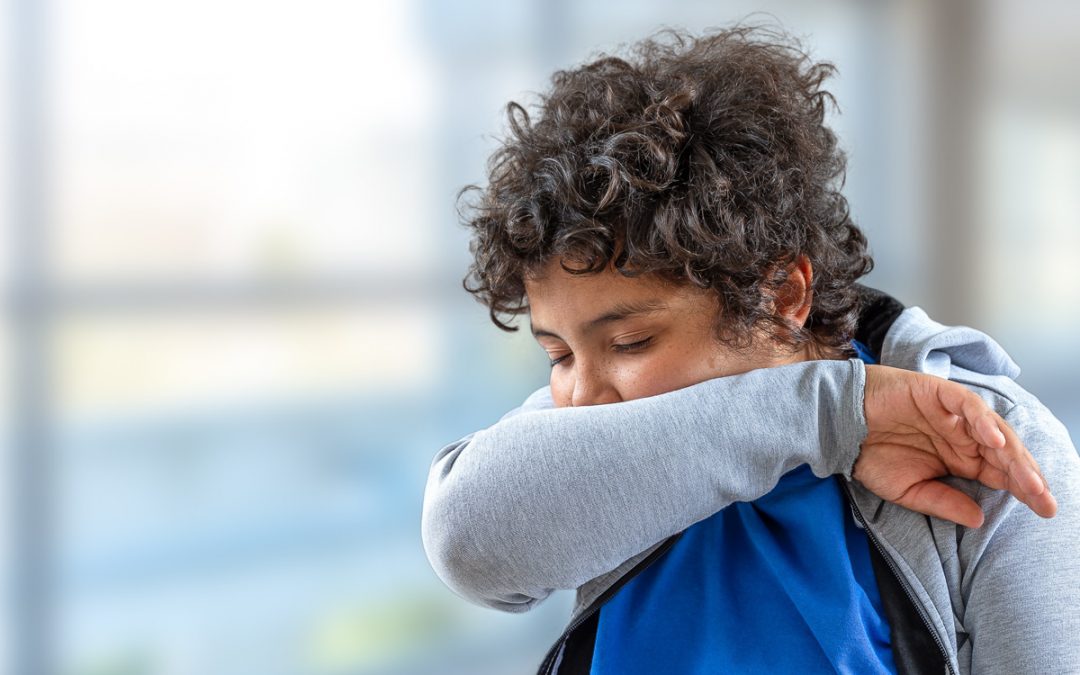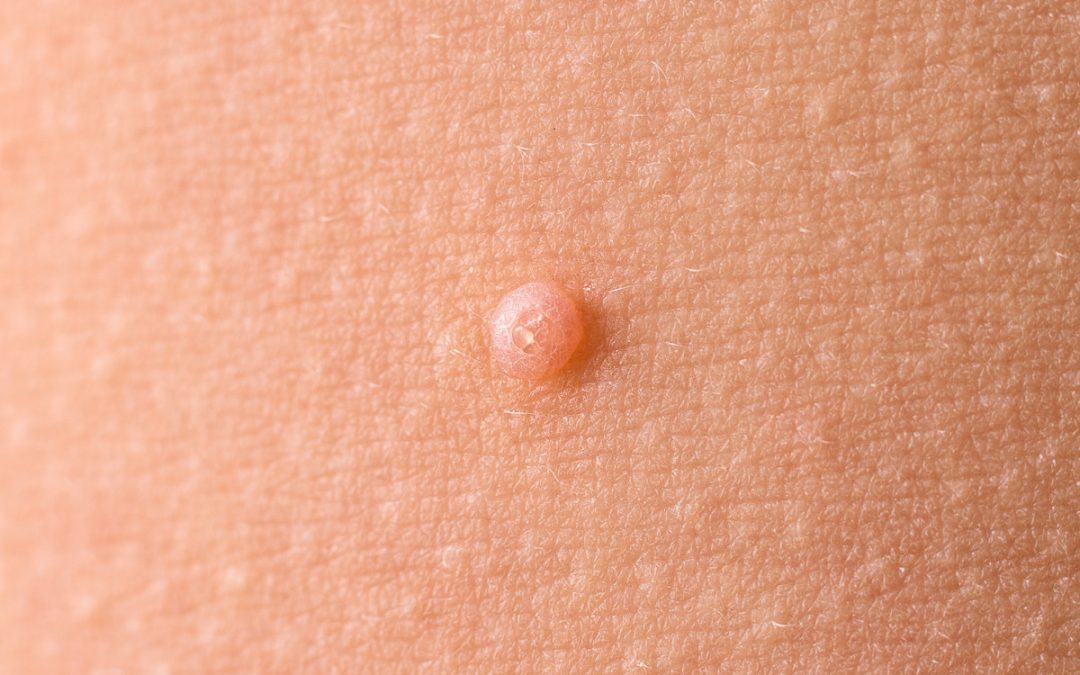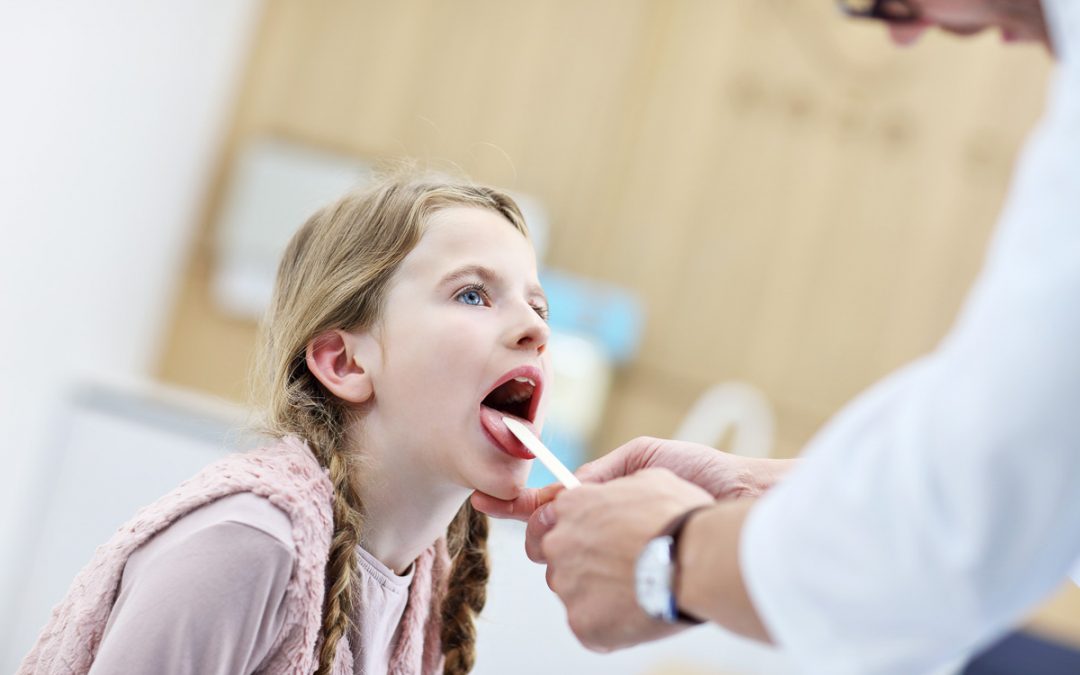
Strep Throat in Children
Strep Throat causes swelling and inflammation in the back of the throat and the tonsils, sore throat is a common sign of Strep Throat in children and young adults. If not treated promptly, this disease can lead to other potential serious problems.
At the Pediatric Center, we want to make sure you and your children are well informed about Strep Throat in children, so that you can avoid any major health issues.
It is estimated that between the ages of 5 and 15 at least 15%-40% of the cases of sore throats in children are actually caused by this Streptococcus bacteria. The symptoms of this disease can vary based on the age of the child when they get Strep Throat.
Viral Infections VS. Strep Throat
It is important to note that viral infections are different from the bacterial infection of Strep Throat. Being able to distinguish between the two is important, as Strep Throat can be treated with antibiotics. Symptoms of Strep Throat in children usually happen within the incubation period, which can be 1-4 days after they get infected. Some of the symptoms you will need to look for are different based on the age of your child. If you are still not sure after going over this list of symptoms, contact your pediatrician at The Pediatric Center for more information.
Symptoms
- Infants – When an infant contracts Strep Throat, their symptoms might include a slight fever and possibly thickened or even bloody nasal discharge.
- Toddlers (ages one to three) – Strep Throat in children, ages one to three, varies slightly from infants with Strep Throat. Children may also experience bloody and thickened nasal discharge, but they may also suffer from a sore throat and complain about an upset stomach as well. These symptoms will usually leave a toddler feeling quite cranky and with no appetite.
- Children over three years of age – When children over the age of three contract Strep Throat, their symptoms can be more severe.Usually they will suffer from a high fever above 102 degrees fahrenheit (38.9 degrees Celsius). Their throats will be extremely sore, with swollen tonsils and glands, making eating and drinking uncomfortable.
When to Call The Pediatric Center
If your child has a sore throat that will not go away, even if it is not accompanied by any of these above symptoms, such as a stomachache, fever, or loss of appetite, it is important that you get a hold of your pediatrician right away. If your child seems to be extremely ill and is experiencing any of the symptoms of Strep Throat in children, that phone call should be all the more urgent. If your child is experiencing drooling due to the inability to swallow or shortness of breath, this could be sign of more serious problems and you need to contact your child’s pediatrician as soon as possible.
At The Pediatric Center
When you do bring your child in, our doctors will provide a thorough and gentle examination of the throat, glands and tonsils. The doctor will also perform a throat culture to determine the nature of the infection and to decide whether it is a bacterial or viral infection. For this test, the pediatrician will take a cotton swab and touch it to the back of the throat and tonsils, he or she will then take this sample and smear it into a special dish that helps the bacteria to grow if they are indeed present. Within a 24 hour period after this test is done, the doctor will be able to see if there is bacteria present.
Most pediatric centers will do a rapid test first that only takes a matter of minutes to determine whether or not the infection is viral or bacterial. If this rapid test comes back negative, your doctor may do a culture test to confirm whether or not Strep Throat is the case. If both the culture and rapid test come back negative, this will mean that the symptoms are most likely caused by a virus and not a bacteria. If this is the case, there will be no reason to prescribe antibiotics (which are for bacterial infections) to the child.
Treatment
Treatment for strep throat is relatively simple, but if not caught early enough Strep Throat in children can lead to very serious issues such as; kidney problems, abscesses in the tonsils and can lead to rheumatic fever. If your child does have Strep Throat, your pediatrician will prescribe a couple different options for treatment:
- Antibiotics – Antibiotics are the best option, even in severe cases, as their sole purpose is to directly attack the bacterial infection.
- Tonsillectomy – if your child has bad sore throat issues in the past, a tonsillectomy can be prescribed to prevent further infections. This procedure is only prescribed for very serious cases and even after the operation infections can still persist.
Prevention
Many throat infections are contagious and can be easily be passed around. It is easy to prevent your child from getting these infections if you are able to keep them away from people who show signs of infections. However, most people are already contagious before they start showing symptoms of their illness. Avoiding holding hands or sharing drinks with people who show signs of a sore throat can help.
Call The Pediatric Center
At the Pediatric Center, we want to give you and your child the best information and diagnosis, you can get. If you are noticing any of the sore throat symptoms in your child, don’t hesitate to call your doctor at The Pediatric Center today. Contact us today at our Idaho Falls location at (208) 523-3060 or our Rigby location (208) 745-8927, to set up your appointment.


